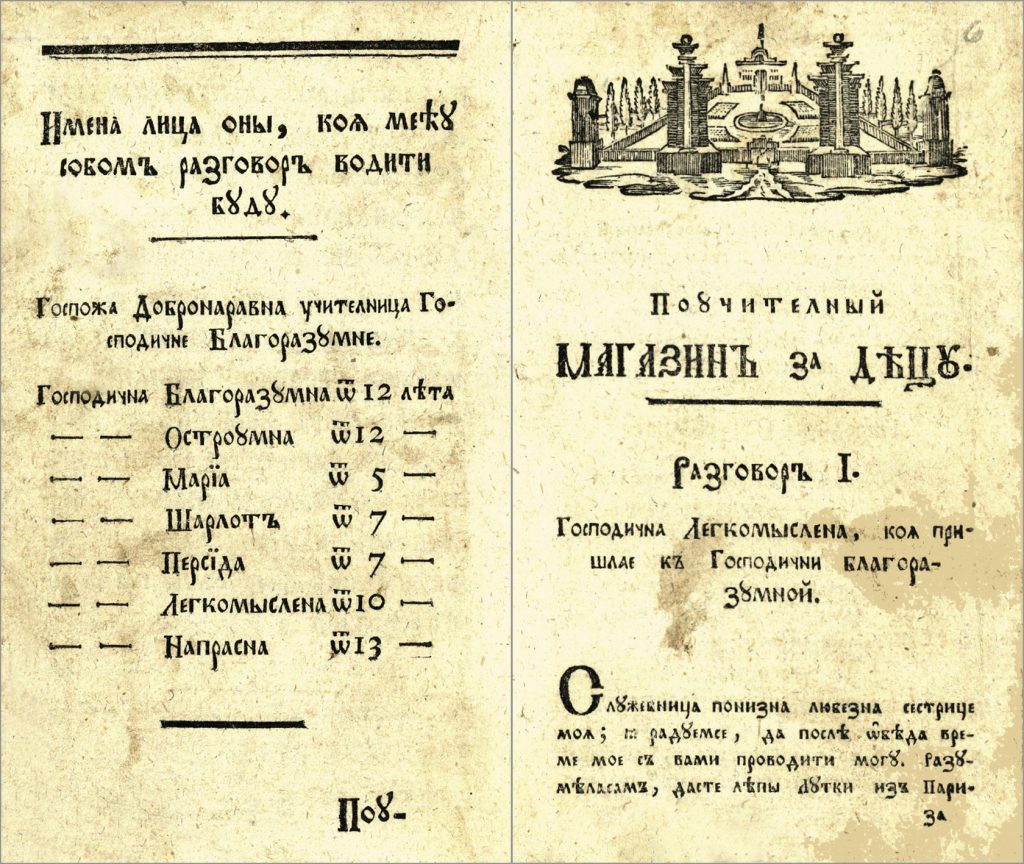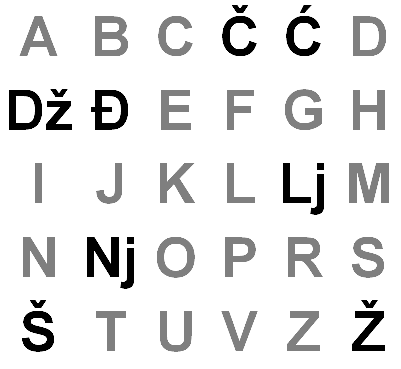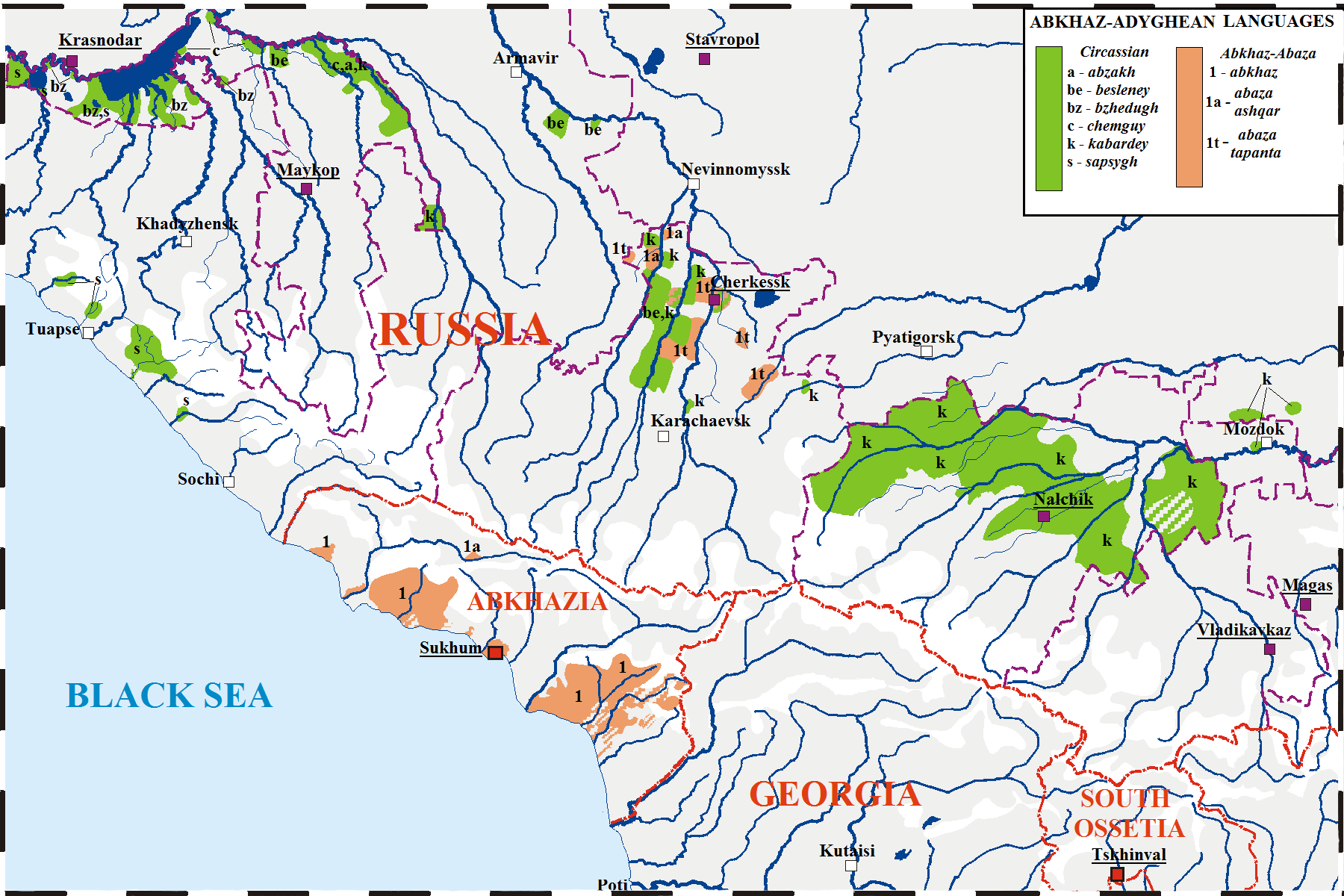|
Romanian Cyrillic Alphabet
The Romanian Cyrillic alphabet is the Cyrillic alphabet that was used to write the Romanian language and Church Slavonic until the 1830s, when it began to be gradually replaced by a Latin-based Romanian alphabet.Cyrillic remained in occasional use until the 1920s, mostly in Russian-ruled Bessarabia. From the 1830s until the full adoption of the Latin alphabet, the Romanian transitional alphabet was in place, combining Cyrillic and Latin letters, and including some of the Latin letters with diacritics that remain in the modern Romanian alphabet. The Romanian Orthodox Church continued using the alphabet in its publications until 1881. The Romanian Cyrillic alphabet is not the same as the Moldovan Cyrillic alphabet (which is based on the modern Russian alphabet) that was used in the Moldavian SSR for most of the Soviet era and that is still used in Transnistria. Rules The orthographic rules for the Romanian Cyrilic script were relatively inconsistent, especially differ ... [...More Info...] [...Related Items...] OR: [Wikipedia] [Google] [Baidu] [Amazon] |
Vuk Karadžić
Vuk Stefanović Karadžić ( sr-Cyrl, Вук Стефановић Караџић, ; 6 November 1787 (26 October OS)7 February 1864) was a Serbian philologist, anthropologist and linguist. He was one of the most important reformers of the modern Serbian language. For his collection and preservation of Serbian folktales, ''Encyclopædia Britannica'' labelled Karadžić "the father of Serbian folk-literature scholarship." He was also the author of the first Serbian dictionary in the new reformed language. In addition, he translated the New Testament into the reformed form of the Serbian spelling and language. He was well known abroad and familiar to Jacob Grimm, Johann Wolfgang von Goethe and historian Leopold von Ranke. Karadžić was the primary source for Ranke's ''Die serbische Revolution'' (" The Serbian Revolution"), written in 1829. Biography Early life Karadžić was born to Serbian parents Stefan and Jegda (née ''Zrnić'') in the village of Tršić, near Loznica, ... [...More Info...] [...Related Items...] OR: [Wikipedia] [Google] [Baidu] [Amazon] |
Windows-1251
Windows-1251 is an 8-bit character encoding, designed to cover languages that use the Cyrillic script such as Russian, Ukrainian, Belarusian, Bulgarian, Serbian Cyrillic, Macedonian and other languages. On the web, it is the second most-used single-byte character encoding (or third most-used character encoding overall), and most used of the single-byte encodings supporting Cyrillic. , 0.3% of all websites use Windows-1251. It's by far mostly used for Russian, while a small minority of Russian websites use it, with 94.6% of Russian (.ru) websites using UTF-8, and the legacy 8-bit encoding is distant second. In Linux, the encoding is known as cp1251. IBM uses code page 1251 ( CCSID 1251 and euro sign extended CCSID 5347) for Windows-1251. Windows-1251 and KOI8-R (or its Ukrainian variant KOI8-U) are much more commonly used than ISO 8859-5 (which is used by less than 0.0004% of websites). In contrast to Windows-1252 and ISO 8859-1, Windows-1251 is not closely related to ... [...More Info...] [...Related Items...] OR: [Wikipedia] [Google] [Baidu] [Amazon] |
Serbo-Croatian
Serbo-Croatian ( / ), also known as Bosnian-Croatian-Montenegrin-Serbian (BCMS), is a South Slavic language and the primary language of Serbia, Croatia, Bosnia and Herzegovina, and Montenegro. It is a pluricentric language with four mutually intelligible Standard language, standard varieties, namely Serbian language, Serbian, Croatian language, Croatian, Bosnian language, Bosnian, and Montenegrin language, Montenegrin. South Slavic languages historically formed a dialect continuum. The region's turbulent history, particularly due to the expansion of the Ottoman Empire, led to a complex dialectal and religious mosaic. Due to population migrations, Shtokavian became the most widespread supradialect in the western Balkans, encroaching westward into the area previously dominated by Chakavian and Kajkavian. Bosniaks, Croats, and Serbs differ in religion and were historically often part of different cultural spheres, although large portions of these populations lived side by side und ... [...More Info...] [...Related Items...] OR: [Wikipedia] [Google] [Baidu] [Amazon] |
Voiced Postalveolar Affricate
The voiced palato-alveolar sibilant affricate, voiced post-alveolar affricate or voiced domed postalveolar sibilant affricate is a type of consonantal sound, used in some spoken languages. The sound is transcribed in the International Phonetic Alphabet with (formerly the ligature ), or in some broad transcriptions , and the equivalent X-SAMPA representation is dZ. This affricate has a dedicated symbol , which has been retired by the International Phonetic Association but is still used. Alternatives commonly used in linguistic works, particularly in older or American literature, are , , , and . It is familiar to English speakers as the pronunciation of in ''jump''. Features Features of the voiced postalveolar affricate: Occurrence Voiced postalveolar non-sibilant affricate Features * Its place of articulation In articulatory phonetics, the place of articulation (also point of articulation) of a consonant is an approximate location along the vocal tract where ... [...More Info...] [...Related Items...] OR: [Wikipedia] [Google] [Baidu] [Amazon] |
Gaj's Latin Alphabet
Gaj's Latin alphabet ( sh-Latn-Cyrl, Gajeva latinica, separator=" / ", Гајева латиница}, ), also known as ( sr-Cyrl, абецеда, ) or ( sr-Cyrl, гајица, link=no, ), is the form of the Latin script used for writing all four standard varieties of Serbo-Croatian: Bosnian language, Bosnian, Croatian language, Croatian, Montenegrin language, Montenegrin, and Serbian language, Serbian. It contains 27 individual letters and 3 digraphs. Each letter (including digraphs) represents one Serbo-Croatian phonology, Serbo-Croatian phoneme, yielding a highly phonemic orthography. It closely corresponds to the Serbian Cyrillic alphabet. The alphabet was initially devised by Croatian linguist Ljudevit Gaj in 1835 during the Illyrian movement in Croats, ethnically Croatian parts of the Austrian Empire. It was largely based on Jan Hus's Czech alphabet and was meant to serve as a unified orthography for Triune Kingdom, three Croat-populated kingdoms within the Austrian Empi ... [...More Info...] [...Related Items...] OR: [Wikipedia] [Google] [Baidu] [Amazon] |
Cyrillic
The Cyrillic script ( ) is a writing system used for various languages across Eurasia. It is the designated national script in various Slavic, Turkic, Mongolic, Uralic, Caucasian and Iranic-speaking countries in Southeastern Europe, Eastern Europe, the Caucasus, Central Asia, North Asia, and East Asia, and used by many other minority languages. , around 250 million people in Eurasia use Cyrillic as the official script for their national languages, with Russia accounting for about half of them. With the accession of Bulgaria to the European Union on 1 January 2007, Cyrillic became the third official script of the European Union, following the Latin and Greek alphabets. The Early Cyrillic alphabet was developed during the 9th century AD at the Preslav Literary School in the First Bulgarian Empire during the reign of Tsar Simeon I the Great, probably by the disciples of the two Byzantine brothers Cyril and Methodius, who had previously created the Gl ... [...More Info...] [...Related Items...] OR: [Wikipedia] [Google] [Baidu] [Amazon] |
Cyrillic Script
The Cyrillic script ( ) is a writing system used for various languages across Eurasia. It is the designated national script in various Slavic languages, Slavic, Turkic languages, Turkic, Mongolic languages, Mongolic, Uralic languages, Uralic, Caucasian languages, Caucasian and Iranian languages, Iranic-speaking countries in Southeastern Europe, Eastern Europe, the Caucasus, Central Asia, North Asia, and East Asia, and used by many other minority languages. , around 250 million people in Eurasia use Cyrillic as the official script for their national languages, with Russia accounting for about half of them. With the accession of Bulgaria to the European Union on 1 January 2007, Cyrillic became the third official script of the Languages of the European Union#Writing systems, European Union, following the Latin script, Latin and Greek alphabet, Greek alphabets. The Early Cyrillic alphabet was developed during the 9th century AD at the Preslav Literary School in the First Bulga ... [...More Info...] [...Related Items...] OR: [Wikipedia] [Google] [Baidu] [Amazon] |
Macedonian Language
Macedonian ( ; , , ) is an Eastern South Slavic language. It is part of the Indo-European languages, Indo-European language family, and is one of the Slavic languages, which are part of a larger Balto-Slavic languages, Balto-Slavic branch. Spoken as a first language by around 1.6 million people, it serves as the official language of North Macedonia. Most speakers can be found in the country and Macedonian diaspora, its diaspora, with a smaller number of speakers throughout the transnational Macedonia (region), region of Macedonia. Macedonian is also a recognized minority language in parts of Albania, Bosnia and Herzegovina, Romania, and Serbia and it is spoken by expatriate communities predominantly in Australia, Canada, and the United States. Macedonian developed out of the western dialects of the Eastern South Slavic dialect continuum, whose earliest recorded form is Old Church Slavonic. During much of its history, this dialect continuum was called "Bulgarian", although in t ... [...More Info...] [...Related Items...] OR: [Wikipedia] [Google] [Baidu] [Amazon] |
Digraph (orthography)
A digraph () or digram is a pair of character (symbol), characters used in the orthography of a language to write either a single phoneme (distinct sound), or a sequence of phonemes that does not correspond to the normal values of the two characters combined. Some digraphs represent phonemes that cannot be represented with a single character in the writing system of a language, like in Spanish ''chico'' and ''ocho''. Other digraphs represent phonemes that can also be represented by single characters. A digraph that shares its pronunciation with a single character may be a relic from an earlier period of the language when the digraph had a different pronunciation, or may represent a distinction that is made only in certain dialects, like the English . Some such digraphs are used for purely etymology, etymological reasons, like in French. In some orthographies, digraphs (and occasionally trigraph (orthography), trigraphs) are considered individual letter (alphabet), letters, w ... [...More Info...] [...Related Items...] OR: [Wikipedia] [Google] [Baidu] [Amazon] |
Abkhaz Language
Abkhaz, also known as Abkhazian, is a Northwest Caucasian languages, Northwest Caucasian language most closely related to Abaza language, Abaza. It is spoken mostly by the Abkhazians, Abkhaz people. It is one of the official languages of Abkhazia, where around 190,000 people speak it. Furthermore, it is spoken by thousands of members of the Abkhazian diaspora in Turkey, Georgia (country), Georgia's autonomous republic of Adjara, Syria, Jordan, and several Western countries. 27 October is the day of the Abkhazian language in Georgia (country), Georgia. Classification Abkhaz is a Northwest Caucasian languages, Northwest Caucasian language and is thus related to Adyghe language, Adyghe. The language of Abkhaz is especially close to Abaza language, Abaza, and they are sometimes considered dialects of the same language,''B. G. Hewitt Abkhaz 1979;'' page 1. Abazgi, of which the literary dialects of Abkhaz and Abaza are simply two ends of a dialect continuum. Grammatically, the two ar ... [...More Info...] [...Related Items...] OR: [Wikipedia] [Google] [Baidu] [Amazon] |
Zhje
Zhje or Zhe with descender (Җ җ; italics: ) is a letter of the Cyrillic script. Its form is derived from the Cyrillic letter Zhe (Ж ж ) with an addition of a descender on its right leg. Usage Zhje is used in the alphabets of the Dungan, Kalmyk, Tatar, Turkmen and Uyghur languages. Zhje corresponds to the digraphs or used in other Cyrillic alphabets, or to the letters Che with descender (Ҷ ҷ), Che with vertical stroke (Ҹ ҹ), Dzhe (Џ џ), Khakassian Che (Ӌ ӌ), Zhe with breve (Ӂ ӂ), or Zhe with diaeresis (Ӝ ӝ). Computing codes See also *Cyrillic characters in Unicode As of Unicode version , Cyrillic script is encoded across several blocks: * CyrillicU+0400–U+04FF 256 characters * Cyrillic SupplementU+0500–U+052F 48 characters * Cyrillic Extended-AU+2DE0–U+2DFF 32 characters * Cyrillic Extended-BU+A64 ... References Tatar language Cyrillic letters {{cyrillic-alphabet-stub ... [...More Info...] [...Related Items...] OR: [Wikipedia] [Google] [Baidu] [Amazon] |






